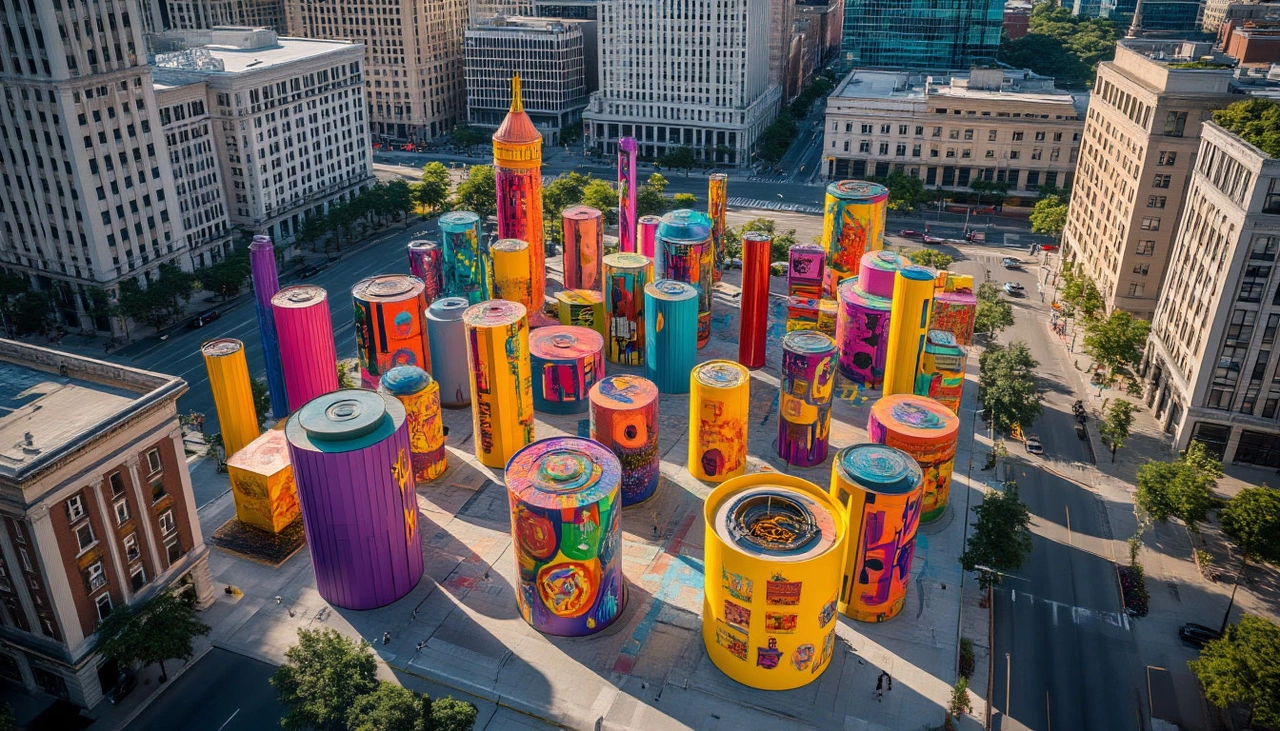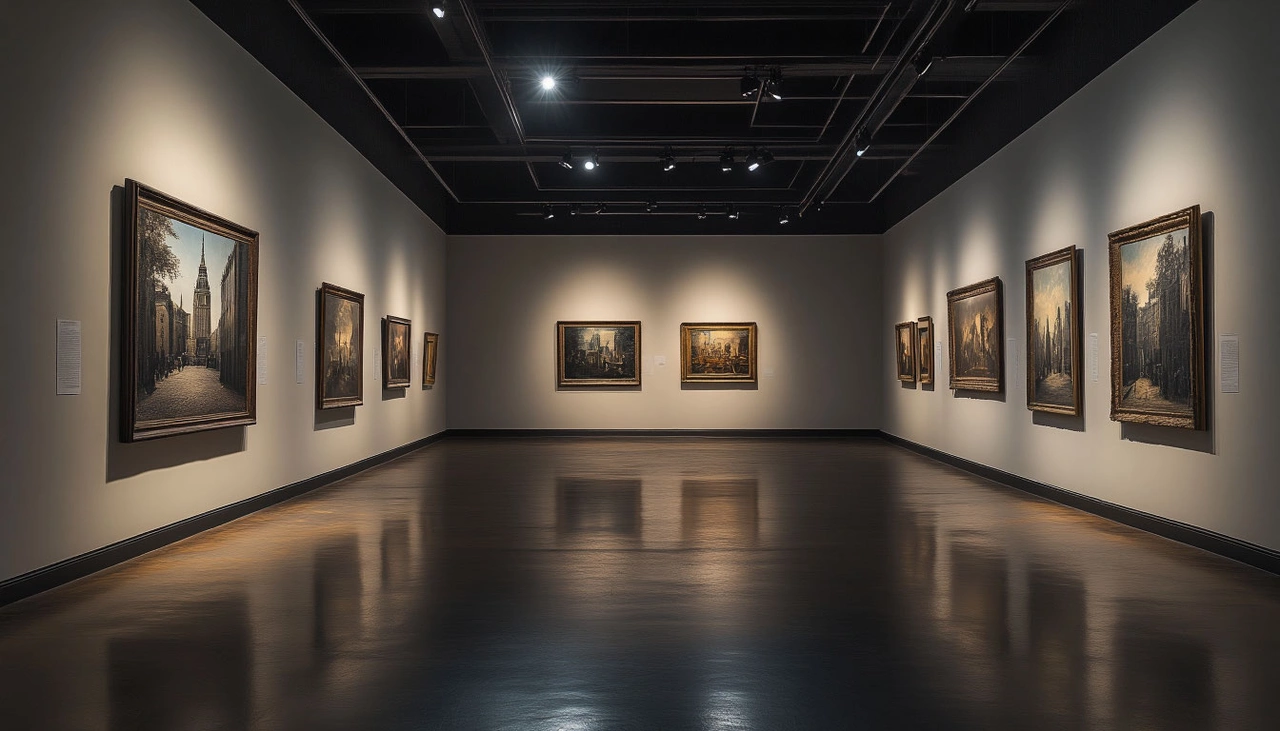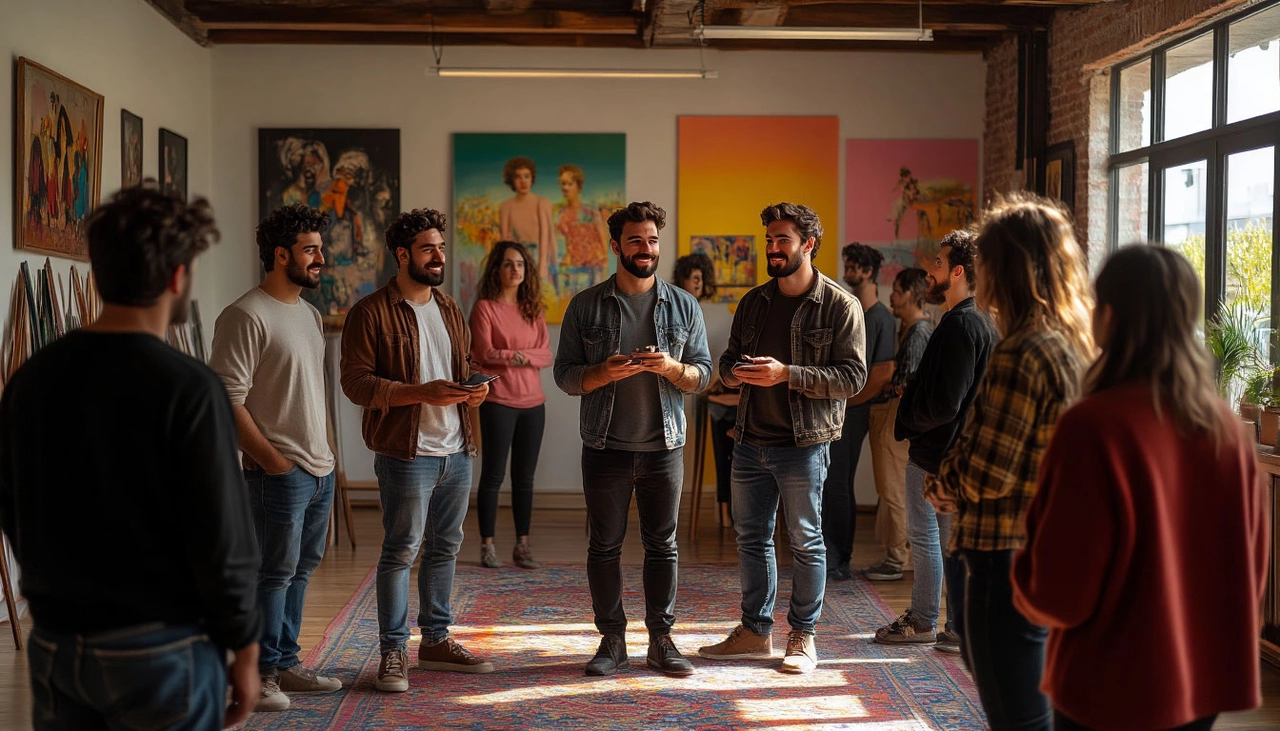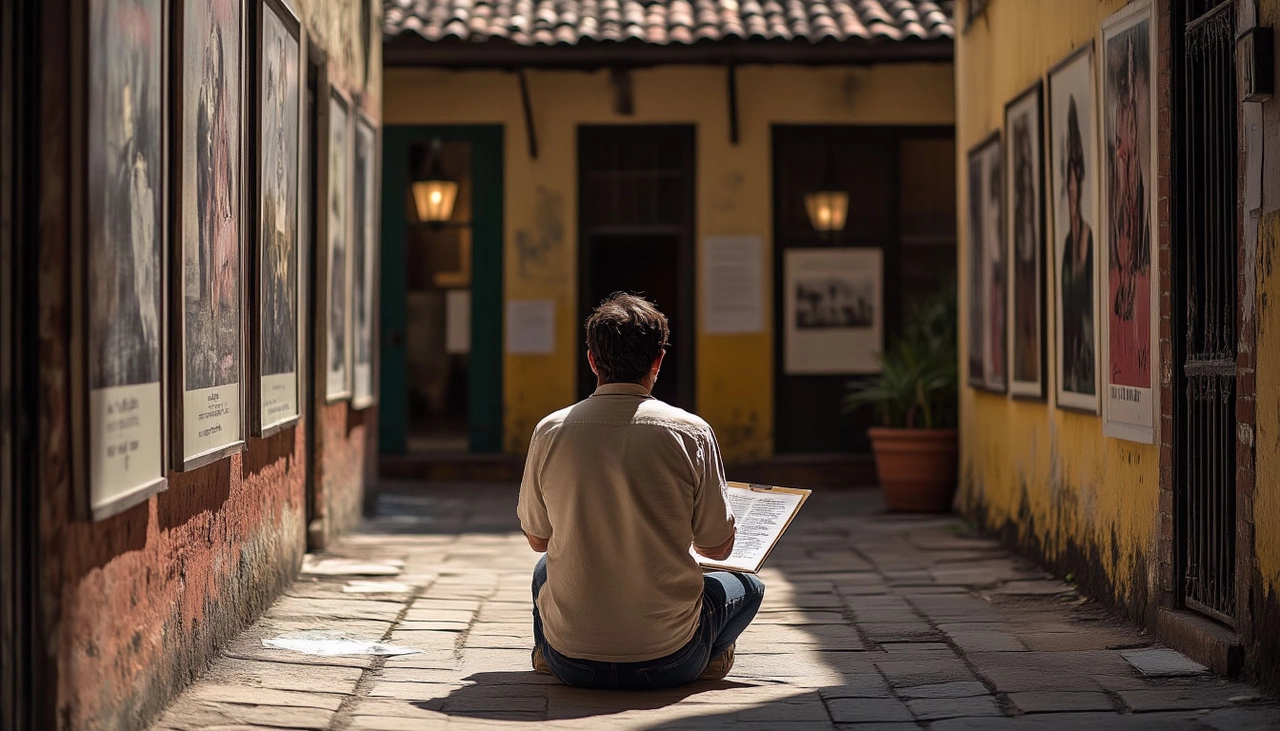🎨 Prospect New Orleans Takes a Pause: Reflecting on 20 Years of Art and Impact 📚
After nearly two decades of transforming the cultural landscape of New Orleans, Prospect New Orleans—the groundbreaking citywide contemporary art triennial—has announced a major shift. Instead of launching a seventh edition in 2027, the organization will focus on the creation of an expansive archival publication titled “20 Years of Prospect.” This new endeavor will celebrate and preserve the legacy of one of America’s most unique recurring exhibitions.

🛑 No Prospect.7—But a Bigger Story is Being Told
In an interview with ARTnews, former executive director Nick Stillman explained the decision: the triennial cycle—held every three years—is an “extremely demanding grind.” Rather than mounting another massive event in 2027, the team will take a deliberate step back to focus on legacy, memory, and preservation. The goal? Ensure that Prospect is never at risk of being forgotten or overlooked.
The upcoming publication will include oral histories, critical essays, and rare archival images from each of the six previous editions. While future editions of Prospect aren’t ruled out entirely, Stillman emphasized that the organization is “just not there yet.”

🌀 From Post-Katrina Vision to Internationally Acclaimed Art Platform
Launched in 2007 by independent curator Dan Cameron, Prospect emerged as a creative response to the devastation of Hurricane Katrina. The idea was bold and timely: use contemporary art as a tool to envision New Orleans’ next chapter. From that vision came a dynamic, experimental, and deeply localized exhibition that invited artists from around the world to engage with the city’s layered identity.
The first two editions were organized by Cameron himself. Over the years, a rotating roster of respected curators—such as Franklin Sirmans, Trevor Schoonmaker, Naima J. Keith, Diana Nawi, Miranda Lash, and Ebony G. Patterson—took on the creative reins, helping the exhibition evolve while maintaining its core values.

💰 Budget Realities in a Shifting Political Climate
While Prospect has achieved considerable acclaim, its financial situation has always required careful navigation. The cost of mounting each edition typically ranges between $5 million and $6.3 million. That budget must cover staff, artist fees, fabrication, shipping, insurance, and year-round programming.
Although Prospect has received consistent support from the National Endowment for the Arts (NEA) since 2019, Stillman noted that public arts funding is becoming increasingly precarious. He cited growing concern over the broader political climate and the vulnerability of arts organizations that engage with socially and politically sensitive content.
Stillman didn’t mince words: “We see how the arts threaten this current administration.” With NEA grants being canceled and overall public arts funding shrinking, the board decided that now is the time to regroup, reflect, and protect what Prospect has built.

🔍 Why This Pause Matters
The decision to skip the 2027 edition isn’t just about logistics or funding. It’s also a moment to reassess the ecosystem of collaboration that makes Prospect possible. Unlike traditional biennials, Prospect spans the entire city, involving museums, cultural organizations, and independent spaces. This complex model relies heavily on community partnerships.
By pressing pause, the organization aims to avoid overtaxing this fragile but essential ecosystem. It's a move driven by care—not only for the art but for the people and institutions that make it happen.

🕊️ A Future Rooted in Memory and Intention
Although there won’t be a physical exhibition in 2027, Prospect's spirit is far from dormant. The forthcoming book promises to be more than a retrospective; it’s a tool for understanding how contemporary art can live and breathe within a city’s soul. From large-scale commissions to hyperlocal interventions, Prospect has always told stories that matter—and this publication will preserve those stories for future generations.
It’s a pause filled with purpose. A chance to zoom out, archive the impact, and let Prospect’s past guide its next act—whenever that may come.

If Prospect was born out of recovery and resilience, then this moment of reflection is just another chapter in its evolution. One that reminds us: art can rebuild, rethink, and remember—and sometimes, the most radical act is to pause.
Close